Your cart is currently empty!
Category: Language
The mysterious ancient names of the months in Japanese: A journey through time and nature
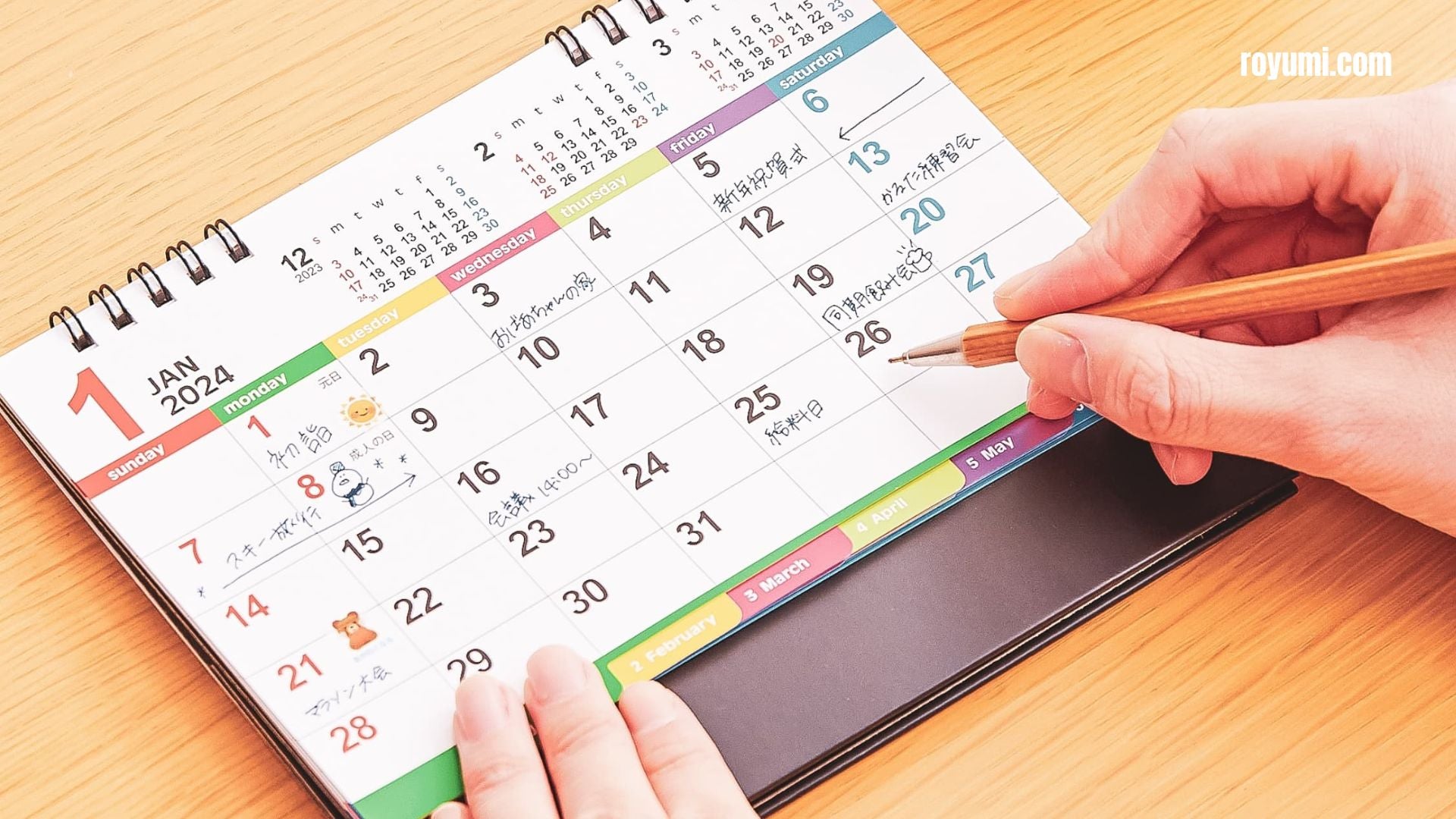
The Japanese calendar has a fascinating history that goes back centuries. In addition to the names of the months that we use today, there was a time when different terms were used to designate each month of the year . This tradition of ancient Japanese month names gives us a glimpse into the rich culture… Read more
Today’s Kanji – Sound 音 (Oto) – Learn Japanese
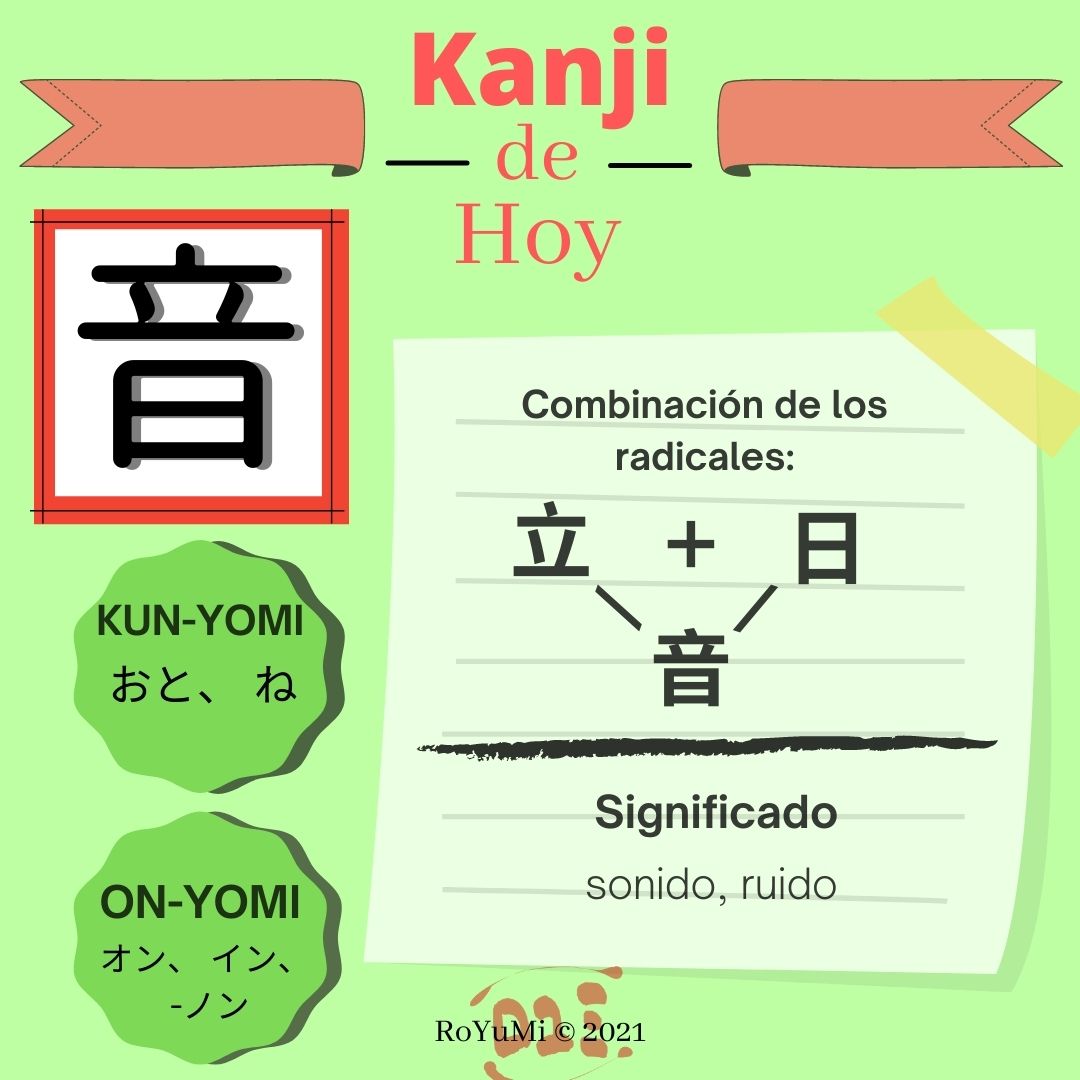
The kanji for the sound 音 (oto) in its most common Japanese pronunciation has several pronunciations: –オン (on) : Used when the kanji 音 is used as a suffix or a component in compound words. For example, 音楽 (ongaku) means “music” and is pronounced “on-ga-ku”. –ネ (ne): This pronunciation is used on specific compound words.… Read more
Today’s Kanji – King 王 (Oo) – Learn Japanese
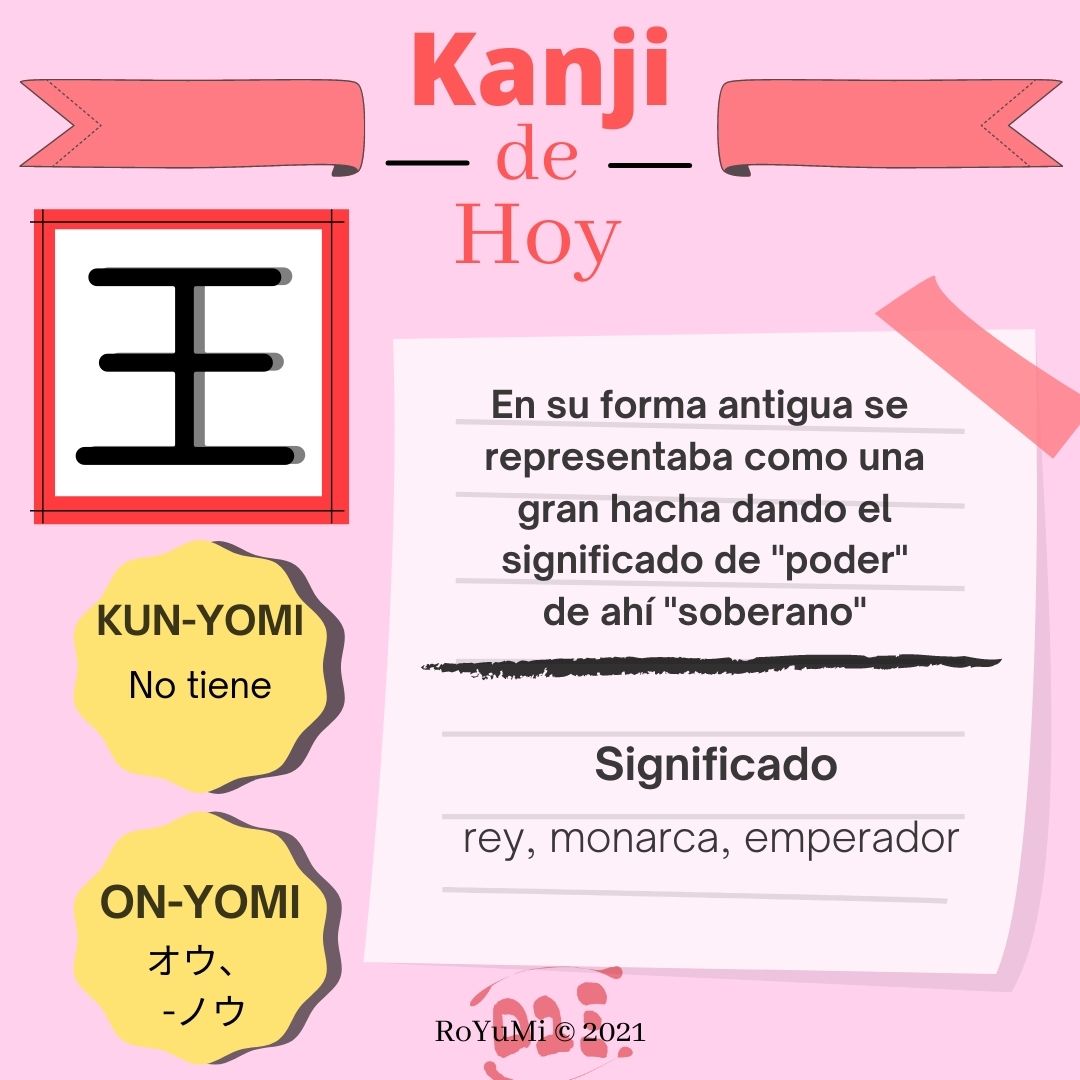
The kanji for king “王” is read in Japanese as “ō” in the on reading and “ou” in the kun reading. It is important to note that the pronunciation can vary depending on the word in which it is used. The kanji “王” is made up of three strokes: two horizontal lines at the ends… Read more
Today’s Kanji – Circle, Yen 円 (en) – Learn Japanese
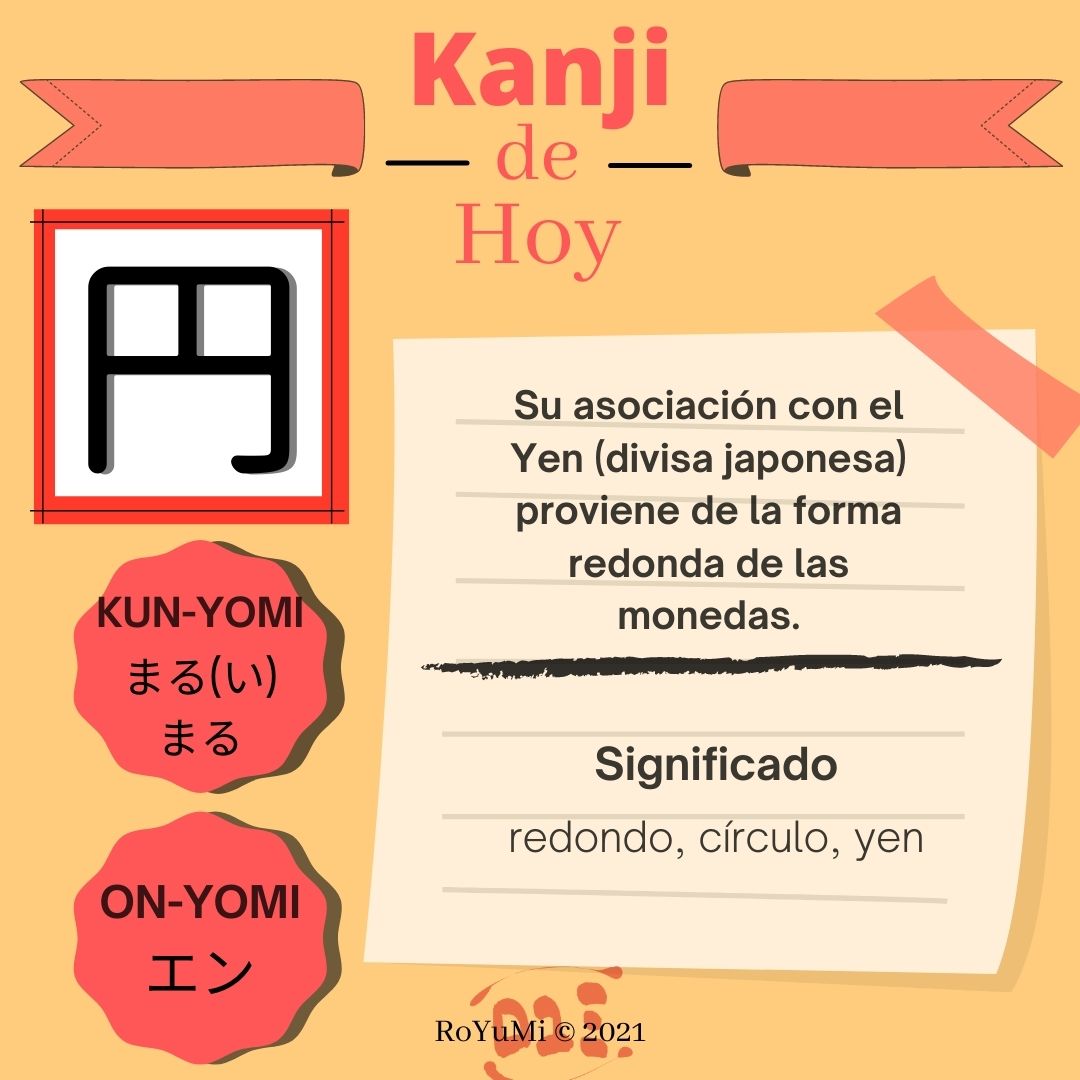
In Japanese, the kanji for yen is written as “円” (pronounced “en”) . The character has an original meaning of “circle” or “round” . This is because, in the past, Japanese currency used to be round in shape, similar to an ancient Chinese coin called “cash.” So the kanji “円” captures the round shape of… Read more
Practical tips to successfully pass the Japanese Language Proficiency Test (JLPT)

If you are planning to take the Japanese Language Proficiency Test (JLPT), it is important that you are prepared both in knowledge of the Japanese language and in the way the test is administered. Here are some specific tips to help you successfully present the JLPT: Know the test requirements: Make sure you understand the… Read more
Today’s Kanji – Rain 雨 (ame) – Learn Japanese
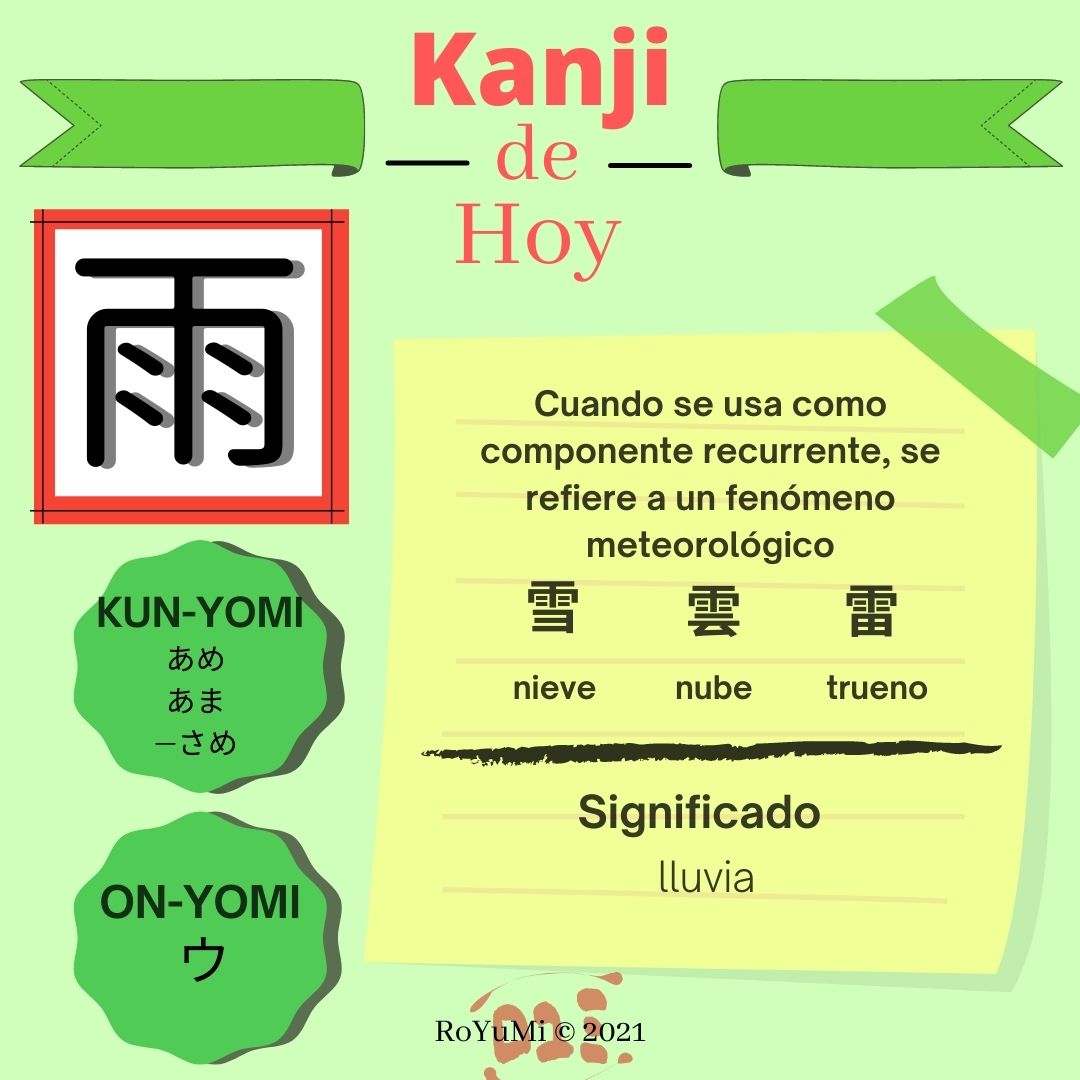
The word “rain” in Japanese is represented by the kanji 雨 (あめ, love). It consists of four horizontal lines on the inside, which represent drops of water falling from the sky. At the top, we find a vertical line that symbolizes the surface of the earth. The combination of these strokes evokes the idea of… Read more
The importance of live cultural interpretation of the Japanese language: Beyond literal translation

In an increasingly globalized world, the need to communicate in different languages is increasingly important. This often translates into the need for live interpreting, where the interpreter must transmit a message from one language to another in real time. However, when it comes to interpreting the Japanese language, there are certain cultural and linguistic aspects… Read more
Today’s Kanji -One 一 (ichi) – Learn Japanese
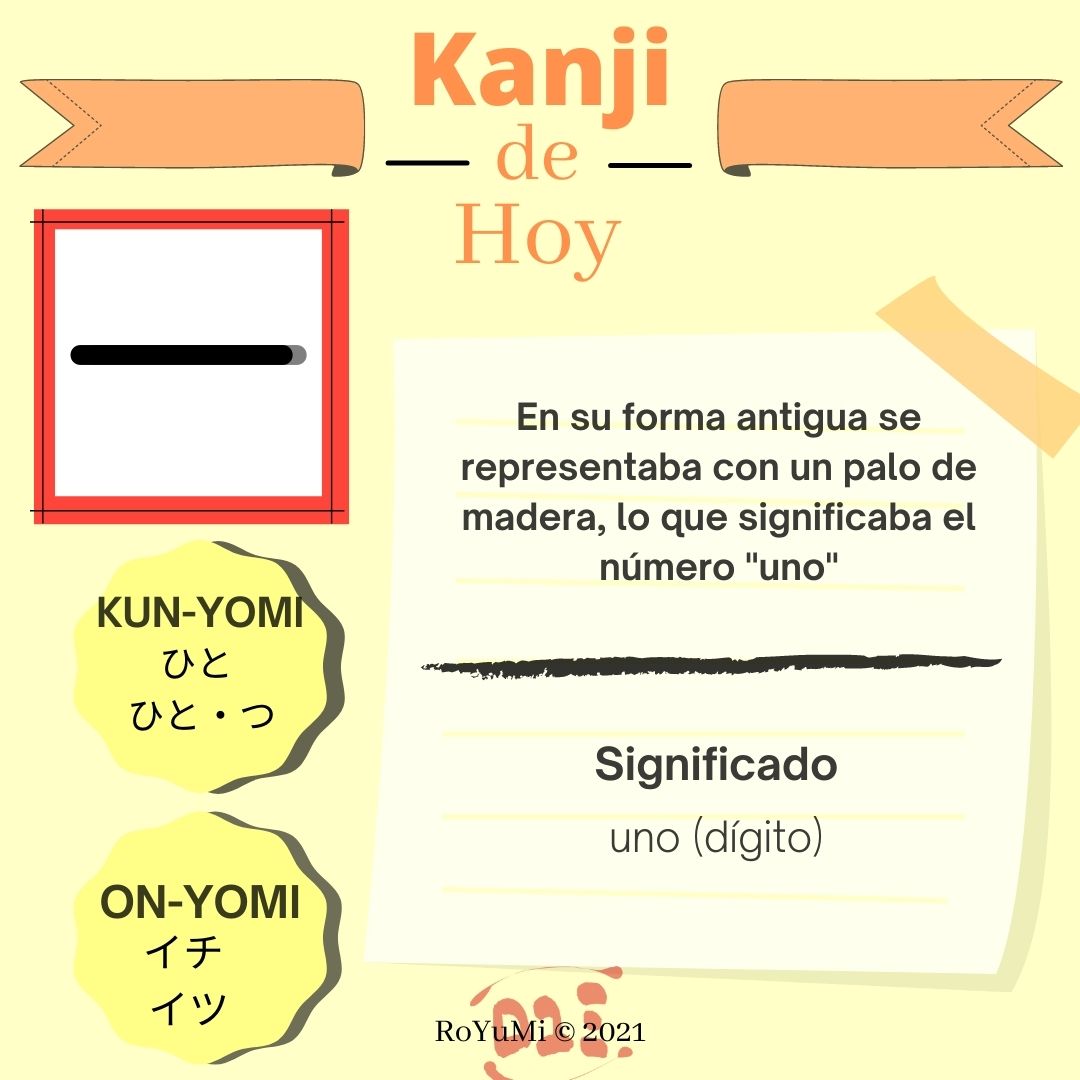
The kanji for the number one in Japanese is一, pronounced ” ichi “. If you look at its shape, you will notice that it resembles a vertical straight line. This is not a coincidence, as the kanji 一 simply represents the concept of ” one” or “only one” . It is one of the most… Read more
From Knowing to Mastering: How to Become a Master of the Japanese Language

The Japanese language is fascinating, and there is a big difference between knowing the language and mastering it. Knowing the language is having a basic understanding of words and phrases, while being fluent in the language means being able to communicate fluently and understand cultural and linguistic subtleties. To go from knowing to fluent in… Read more
Today’s Kanji – Right 右 (migi) – Learn Japanese
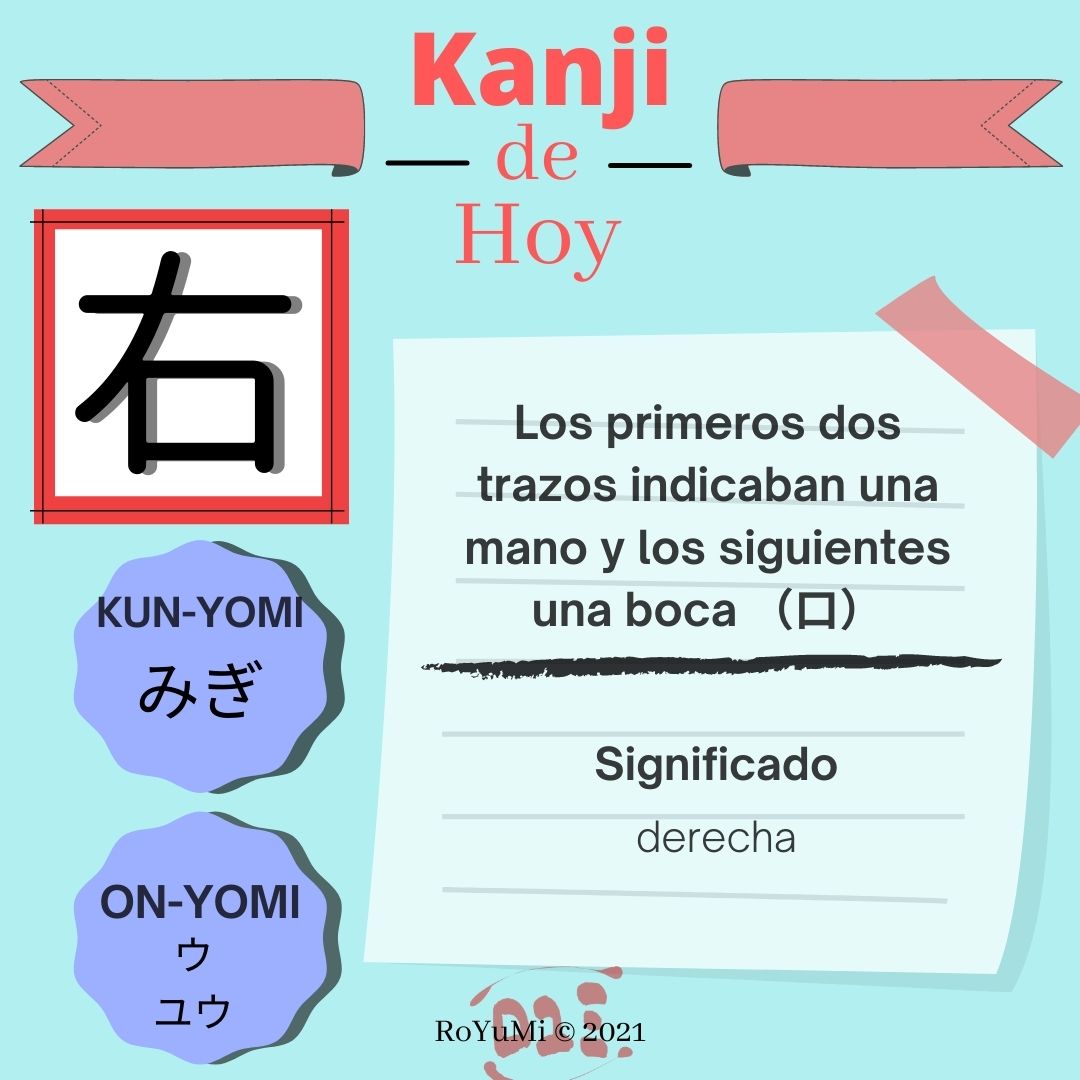
Today I want to talk about a rather interesting kanji: “right” in Japanese, which is written as “右” and pronounced “migi”. The kanji “右” means “right” in Japanese and is pronounced “migi” When looking at the kanji “右”, we can notice its visual structure as it resembles a right hand with the fingers extended downwards.… Read more
